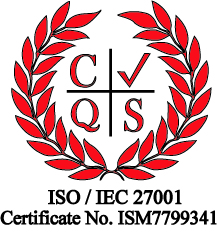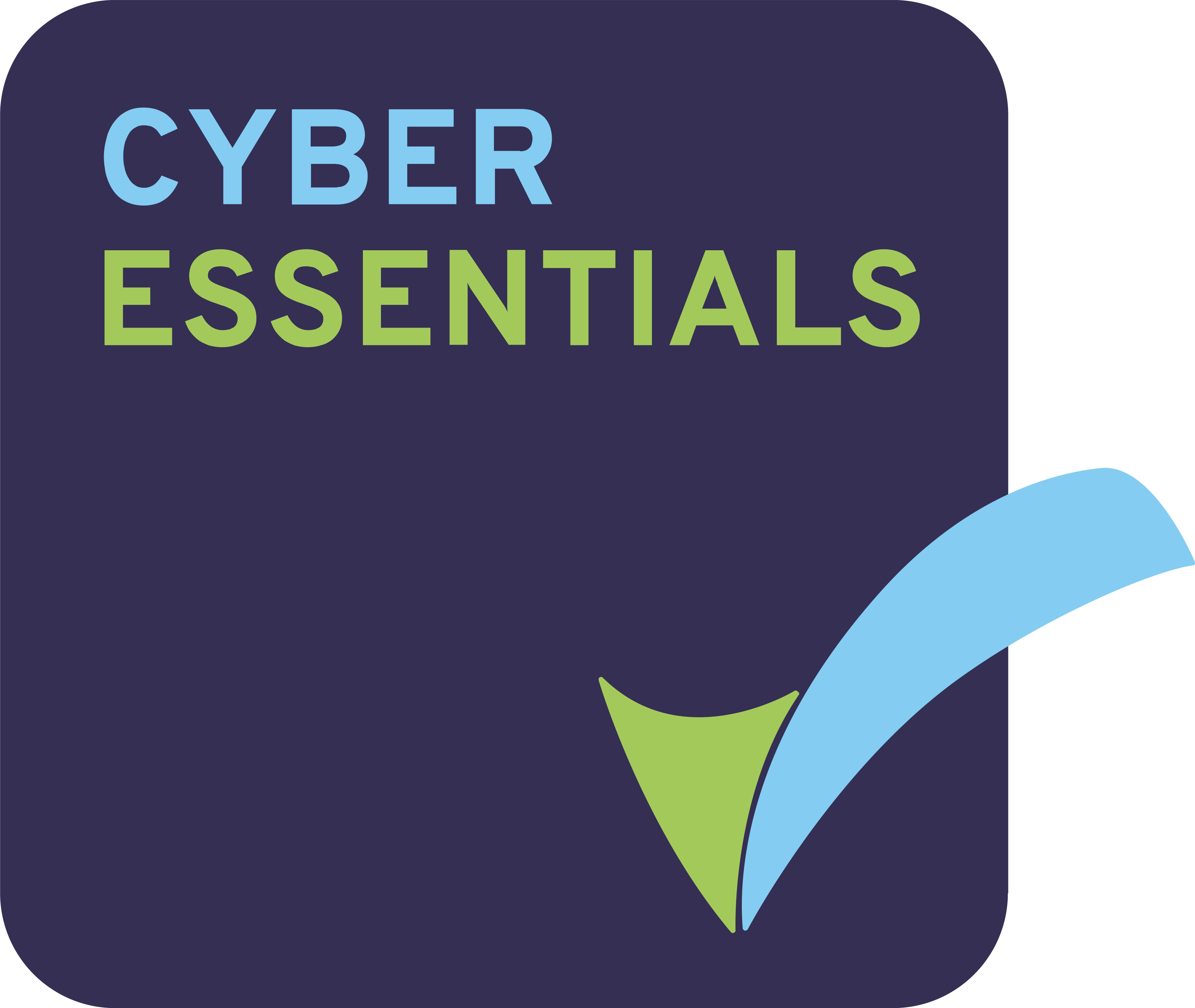We caught up with Eric Bixler, National Director of AV Solutions to talk about how our customers are currently deploying Microsoft Teams Rooms to support their hybrid working strategies.
He regularly talks to them about their upcoming changes to hybrid office development, and how Microsoft Teams can be a part of the solution. Here he shares his insights and expertise on how he is helping organisations make this transition.
What are the biggest challenges for enterprise organisations deploying Microsoft Teams Rooms?
- Supply chain! We are seeing a distinct trend where organisations are focused on how fast their meeting rooms can be video enabled. They want to know how quickly they can transition to MTRs including converting their existing conference rooms as well as adding approx. 20% more MTR capable meeting rooms.
- How do organisations coordinate this on mass? As an example, a recent customer approached us, and over a four-hour window said they needed 100, then 300, then 800 rooms. The sheer number of rooms they are needing to deploy and the speed that they are looking to do this will have a huge impact on how they implement, manage, and support these rooms moving forward. In the end, this customer landed on 300 rooms for first phase, with a target of completion in six weeks. So, although the supply chain challenges are significant; fast and impactful projects are still possible.
- User experience. There is an increased focus on consistent user experience that is equitable for all participants. We need to make sure that when the employees come to the office it’s a great experience for all users with a workflow that matches what they have experienced while remote. And likewise, when they are remote it’s important that all participants have an equitable experience, and everyone is on the same footing.
- Project management. Many organisations are only just starting to return to office, and they don’t know the issues around managing this yet. This also applies to companies who started this months ago. Each company has different PM challenges; sometimes it’s a new technology and sometimes it’s the number of rooms – and for many it’s a combination of both.
- Interoperability. Customers need their rooms to work with multiple technologies such as traditional video conference solutions from Poly or Cisco as well as an ever-changing software-based collaboration solutions like Webex, Zoom, Google. This need for flexibility and simple user experience has become the goal of most enterprises.
Support is integral to success
Being able to quickly adapt is important of course, but Eric highlights the fact that while getting MTR rooms off the ground you need to make sure you get the right support in place. Taking time to consider how these rooms will be supported, what the impact will be for future changes and increase in room technology is a step that should not be glossed over. When customers take time upfront to think about the analytic that will be needed to manage this technology going forward, it can save considerable effort and money.
The future Microsoft Teams rooms
There is no doubt that many organisations are adopting MS Teams to support their hybrid working. Eric predicts that every enterprise will increase their video enabled rooms by at least 20%.
It doesn’t matter if an organisation was a heavy user of Video Conferencing i.e. 50—70% of their rooms were enabled or smaller with 15-30% of their rooms enabled – they are all now saying that every room needs to have it, so all companies will see an increase!
Organisations will need a solution that is reliable, resilient, and productive. Employees are also expecting to be able to simply walk into a meeting room and start working; back to that smooth transitioning that support BYOD and worldwide collaboration. To measure the success of work and the collaboration rooms themselves, data needs to be provided.
How can organisations make this transition easier?
Work with a partner who can project manage the mass deployment for you as well as offer strategic help around the entire process. Here at New Era, we are working with our customers to plan and deploy MTRs at speed, whilst being able to proactively manage and support all aspects of the VC estate.
Eric Bixler’s Top tips
- Standardise the experience. Make sure the user experience is the same in every room; from 3-person huddle rooms to large board rooms. This will keep the transition from hybrid to office based smooth.
- Standardise hardware. Be thorough on your choices and make decisions based on what you actually need rather than quick deliveries. Work with a partner who has experience and can give you the best advice. It will make the hardware easier to manage.
- Plan how to manage this increased footprint and usage. Hardware updates, security patches and performance, these things are a constant. Some rooms might have 10 different items that each have their own schedule of updates. How effectively and how quickly can you manage these? Do you have visibility into these systems and hardware?
New Era delivers this as a managed service for Microsoft Teams
Our Video Collaboration Managed Service for Microsoft Teams offers a complete end-to-end video estate management service. We will deliver proactive monitoring, management and transparency in reporting alongside a cost-effective solution, with the added benefit of full support if needed.
Our solution provides comprehensive managed video conferencing services to ensure the best possible video experience and maximum up-time. These services are backed by our global team of video experts and professional customer support staff. Additionally, New Era offer behind-the-scenes monitoring and management to ensure all elements in the video conferencing and collaboration ecosystem are performing optimally.

 Australia
Australia Canada
Canada New Zealand
New Zealand UAE
UAE United States
United States







